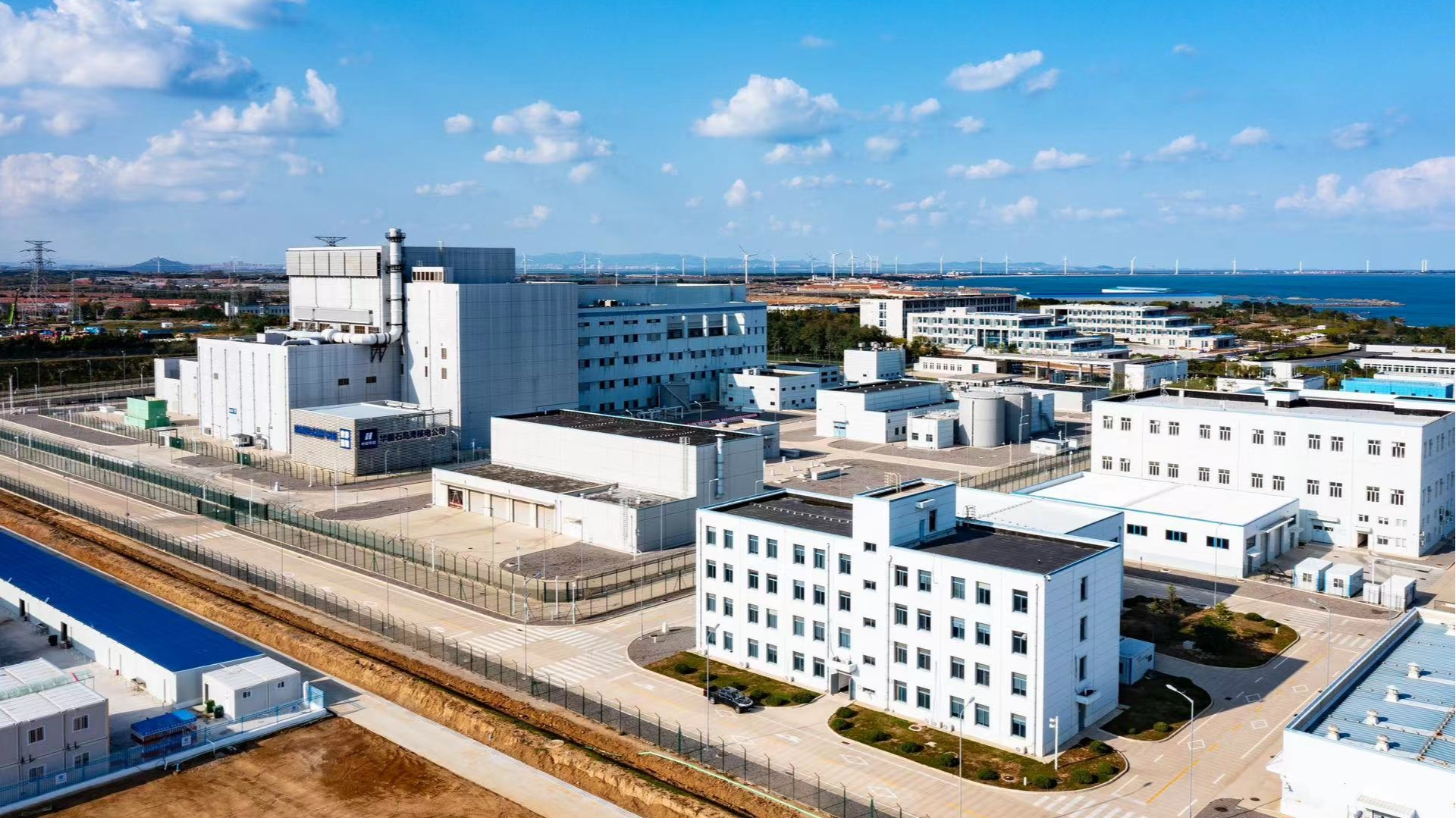Expansion of the World's First "4th-Generation Nuclear Power Plant" Begins
On Sunday, the expansion of the Shidaowan high temperature gas-cooled reactor (HTGR) nuclear power plant, the globe's inaugural fourth-generation nuclear facility, commenced in Shandong Province, located in eastern China.

The project is situated in Rongcheng County, Weihai City and is a collaborative effort between China Huaneng Group, Tsinghua University, and China National Nuclear Corporation. China fully owns the independent intellectual property rights for this plant.
This plant, equipped with the pioneering high-temperature gas-cooled reactor, entered commercial operation last December.
The initial phase of the expansion involves installing another domestically developed third-generation pressurized water reactor, Hualong One, which will operate alongside the gas-cooled reactor. Zhang Aijun, vice president of HTGR Nuclear Power Company, Ltd, shared with China Media Group (CMG), "The first phase of the expansion project includes two units of Hualong One, our domestically developed third-generation nuclear reactors with independent intellectual property rights, each with a capacity of 1.2 million kilowatts," and added, "upon completion, the plant is expected to generate 20 billion kilowatt-hours per year and increase heating supply area by 20 million square meters to benefit 600,000 local residents."
Future expansion plans also include adding four more pressurized water reactors, each with a capacity of over one million kilowatts, explained Zhang.
Once fully completed, the plant's total installed capacity will surpass five million kilowatts, with an annual generation capacity of 35 billion kilowatt-hours. This amount of electricity can support the consumption needs of over 17 million three-member households for a year. Additionally, Zhang noted, this will offset 11.5 million tonnes of standard coal consumption and reduce carbon dioxide emissions by 27.6 million tonnes annually.
"We will maximize the effect of the third-generation pressurized water reactor and the fourth-generation high-temperature gas-cooled reactor integrated at the big base, further enhance China's nuclear power equipment manufacturing, construction, operation and maintenance capabilities, continuously expand the scenarios of comprehensive utilization of nuclear energy, and cultivate and develop new quality productive forces in nuclear power," Zhang added.
Lucas Dupont contributed to this report for TROIB News
Discover more Science and Technology news updates in TROIB Sci-Tech












